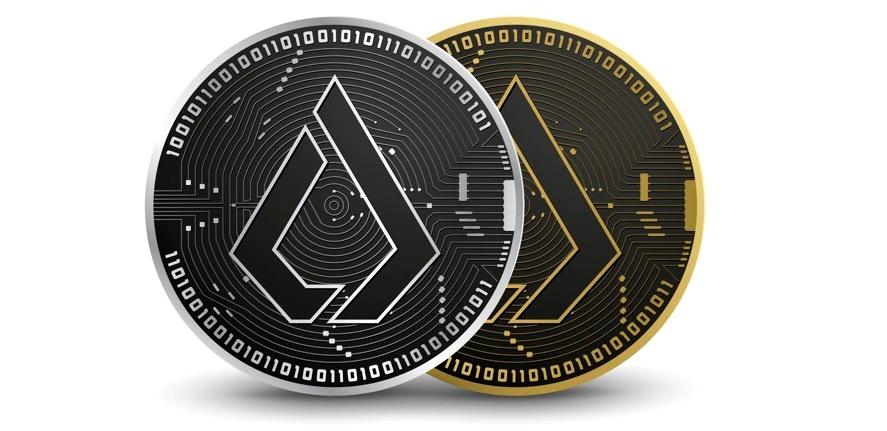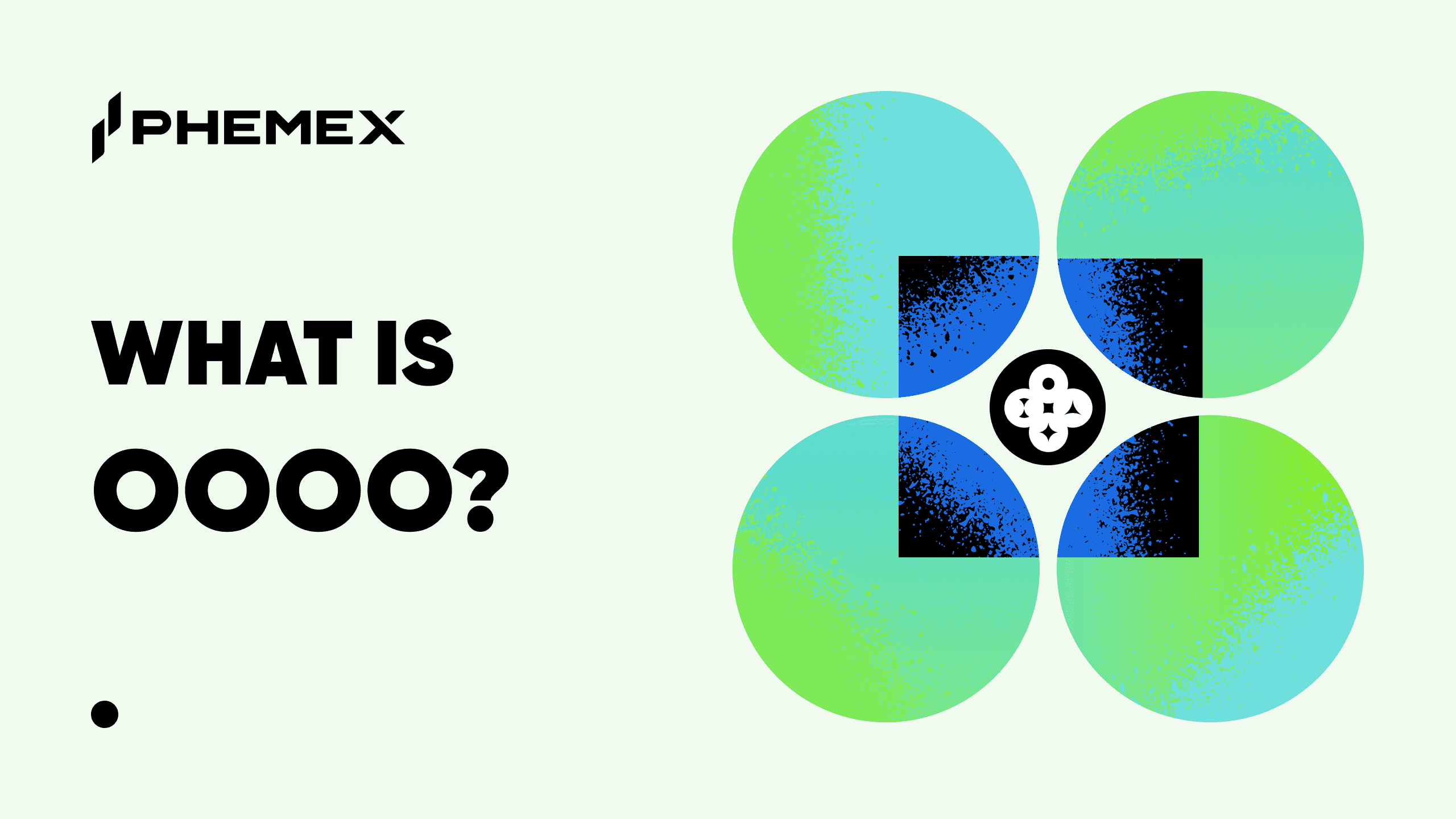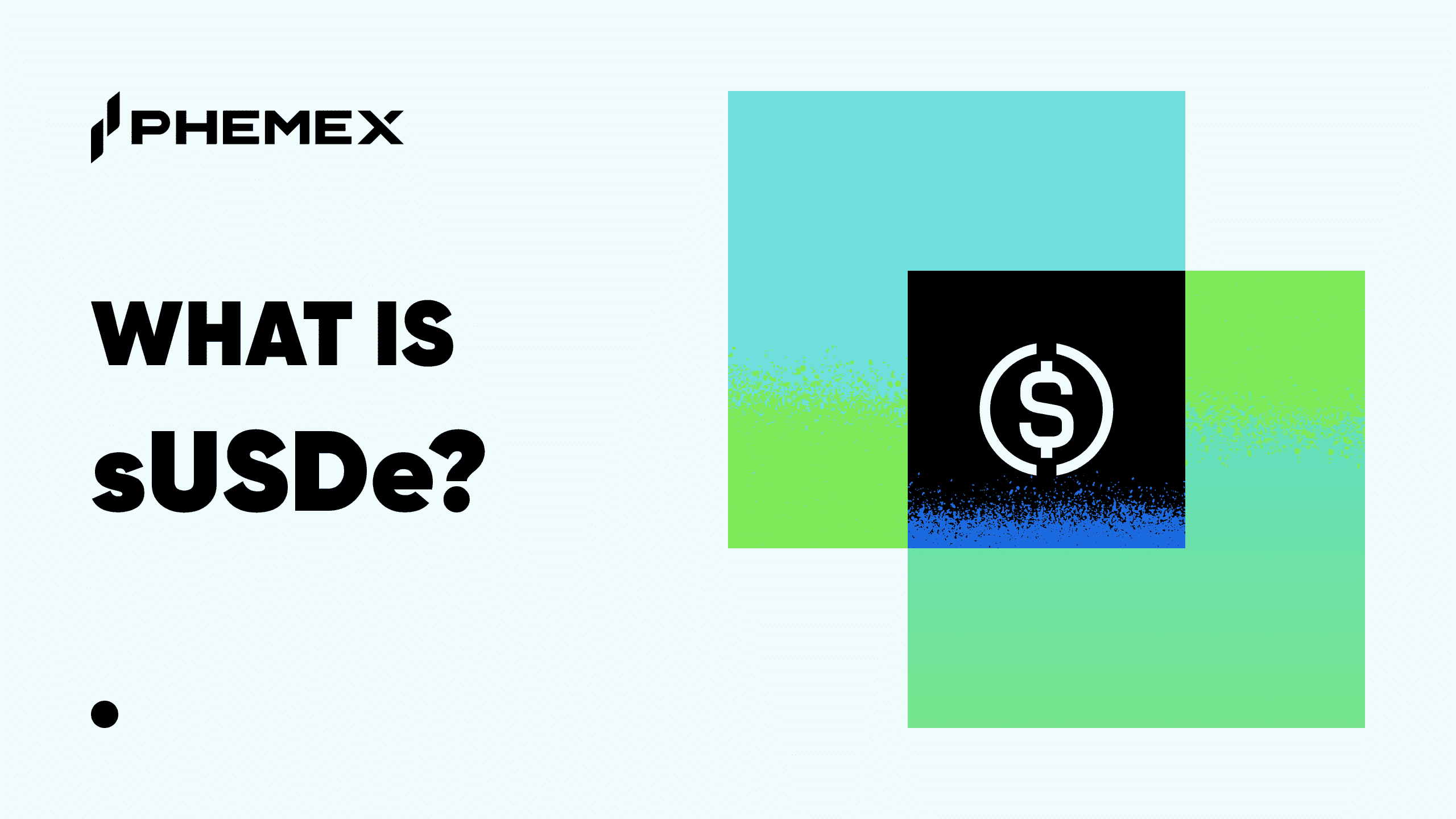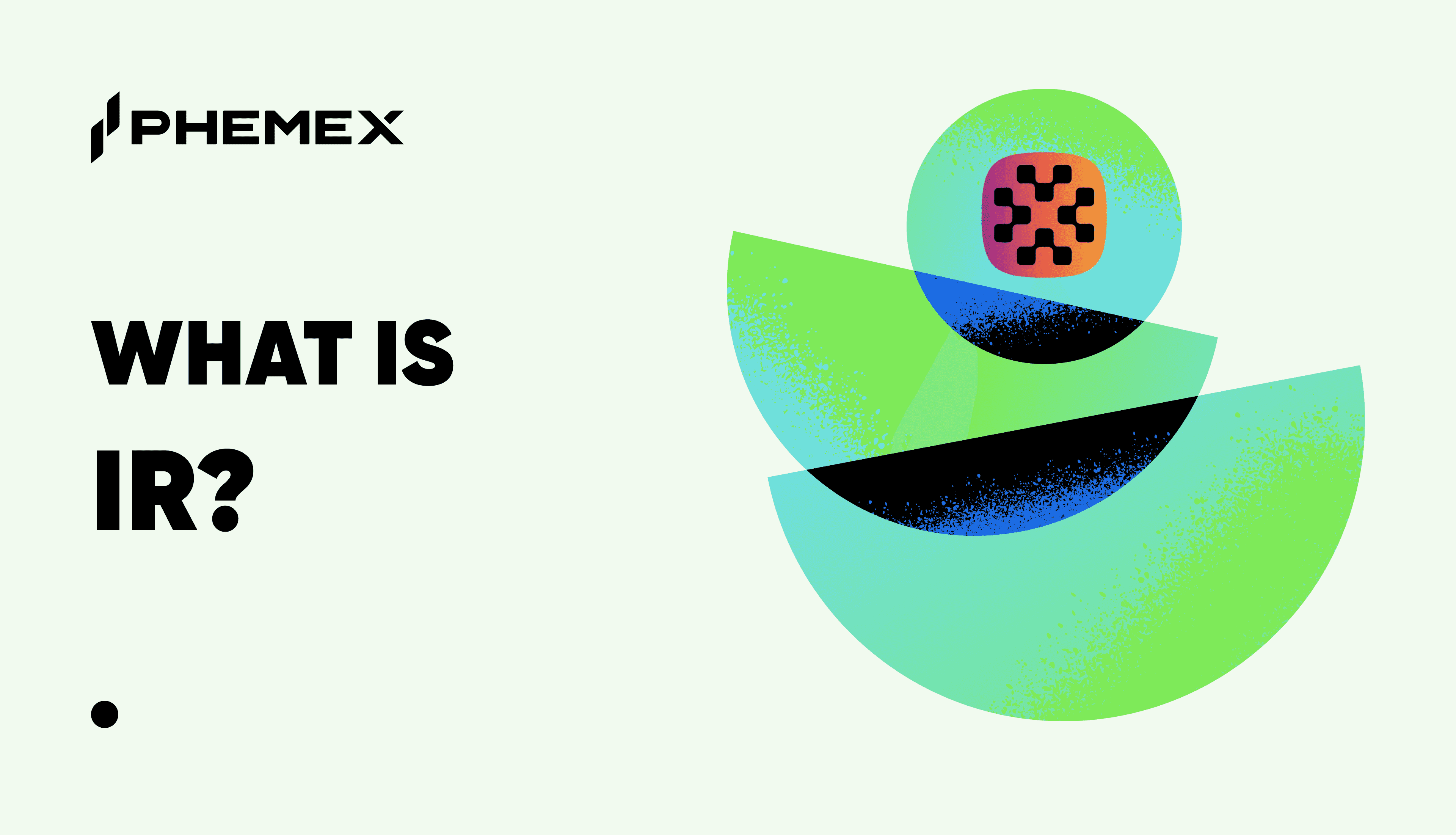Founded in early 2016 by Max Kordek and Oliver Beddows, Lisk (LSK) is a protocol designed to attract global talent to the world of cryptocurrency and blockchain technology. As blockchains and cryptos began to take center stage, the Lisk founders began to see the potential that they offered. However, they also saw one thing that was holding them back: a general lack of understanding and technological know-how among the public.
What Is Lisk?
Lisk was launched with the intention to make this decentralized technology more accessible, allowing individuals who were interested to build their own blockchains and decentralized applications (DApps). The idea was to expand the sector and facilitate innovation by equipping global talent with the tools to enable their entrance into the sector. This in turn would create a safe and secure gateway that would encourage growth and lead to mass adoption. Thus, Lisk’s aim is to build an interoperable ecosystem of blockchain applications.

What Does Lisk Offer?
To carry out their vision, the founders have equipped the Lisk protocol with:
- Developer tools:The Lisk software development kit (LiskSDK) provides the tools to build scalable blockchain applications using JavaScript. To ensure the scalability and efficiency of the new DApps, LiskSDK runs one application per customizable blockchain. Lisk also offers tutorials and step-by-step guides to help new developers in the creation of their blockchain applications. Moreover, the ecosystem offers financial grants to developers and entrepreneurs who build ground-breaking DApps on the platform.
- Tech community:In a further move to improve learning and accessibility, Lisk provides a Discord community, formed up of around 7000 developers and blockchain enthusiasts. Here, would-be developers can learn from more experienced programmers to create new DApps and blockchains that fulfill their visions. In addition, it’s a good place to exchange ideas or meet like-minded individuals.
- Cryptocurrency wallets:As the place to store the Lisk protocol’s native LSK token, the LSK wallet is an important factor in developing Lisk and expanding the reach of blockchain technology. The LSK paperless wallets, currently the Lisk Desktop and Lisk Mobile wallets, allow for the holding, sending, receiving, and requesting of both LSK and Bitcoin (BTC). To date around 3 million transactions have been carried out, transferring a total of 1.7 billion LSK. The main function of the Lisk cryptocurrency wallet is the governance and security of the protocol. This is because the protocol uses a Delegated Proof-of-Stake (DPoS) consensus algorithm, where the more LSK a user holds, the higher voting power they have.

How Is Lisk Structured?
Lisk employs various factors to maintain scalability, decentralization, security, and accessibility:
- Sidechains:The Lisk ecosystem is vast, as it aims to provide application building opportunities to all. With so much data being stored and processing power being used, it’s important to utilize efficient scalability options. The Layer 2 solution known as sidechains, consists of smaller, independent sidechains that run their own data and transactions. These communicate and exchange data with the mainchain via 2-way pegs, or in Lisk’s case, smart contracts. Lisk uses sidechains to offer speed and efficiency while not clogging up its mainchain.
- Consensus algorithm:To maintain security and decentralization, Lisk’s consensus algorithm is formed of two parts:
- Delegated Proof-of-Stake (DPoS):This consensus protocol works to decide who can add a new block to the blockchain. It is a democratic process where every LSK holder can vote; however, the amount of LSK a user has is directly proportional to their voting power. LSK voters come together to vote for delegates who will then have the authority to authorize new blocks. At any one time there will only be a maximum of 101 delegates, making monitoring easier. Depending on the number of votes each delegate receives, they will have a certain weight or authority in the blockchain.
- Lisk Byzantine Fault Tolerance(Lisk-BFT): This consensus protocol is used to ensure security and stop the double spending that results from the verification of the same transaction on different blocks or chains. It is a process where delegates cast consensus votes to finalize the correct block by showing which blocks they previously forged and on what chains they forged them. In this way, the protocol can see the ancestor blocks and finalize the correct chain. Through this transparency, the protocol is also able to show which delegates are Byzantine, or malicious. Byzantine delegates will be punished to ensure the integrity of the chain.
- Fully customizable:Through LiskSDK, developers can build their own applications using the most common programming languages, JavaScript and TypeScript, meaning no need to learn any new ones. Additionally, they can easily create modules and plugins that allow extensions, exchanges, or configurations of the blockchain logic in the applications. This is all achieved simply by providing open-source code to build:
- Modules: These hold the blockchain applications’ on-chainlogic, in other words, how the DApps are run and behave on the blockchain. When creating a module, a developer can program how data is stored, and choose what logic, or behavior, is executed per block or transaction.
- Plugins: These do not change blockchain applications; instead, they provide useful features and external services. Plugins hold the off-chain They can be used to search and aggregate blockchain data, automate blockchain logic (such as automating transactions), add a proxy to applications’ interfaces, and provide a UI for blockchain applications.
- Lisk (LSK):LSK is the Lisk ecosystem’s native token. It’s used to run the protocol by bestowing voting rights and is also used to reward its validators. The LSK token is minted through the DPoS consensus algorithm.
What Applications Have Been Built Using Lisk?
Using LiskSDK, developers have been able to build many varied Proof-of-Concept (PoC) applications. This is exciting, as it’s exactly what the founders envisioned when setting up the Lisk ecosystem. By enabling more individuals to participate in the technology, they are encouraging innovation. If this innovation can lead to the creation of something truly practical, it could help lead to a mass adoption of the technology. Some of the DApps currently being developed on Lisk include:
- Fit Market: In a Hackernoon article, the founders explain how it will function as a registry of sustainable food producers. Algorithms and decentralization will help to verify their practices and maintain transparency, while voting could perhaps be used to select which producers should be listed. Implemented custom transactions will then carry out registration and order processing, triggering standard supply chain functions.
- Lisk Ticketing: A decentralized platform that claims to honestly list and sell tickets on a blockchain. Tickets are generally for technology-related events, such as hackathons.
- Collabolancer: A freelance marketplace where employers and workers can come together to work on projects in a transparent and decentralized space, with no need for middlemen. People will own their own data and contacts, but employers will retain intellectual property rights, as freelancers are prone to coming and going. In addition, the platform uses a blockchain-based dispute resolution system to provide an equal and transparent playing field.
- Other Lisk PoC DApps being built include bike sharing and ride sharing apps, bill-paying apps, gaming apps, and others.
Lisk (LSK) Price Analysis
Today, LSK is valued at $3.68, which is quite a slip from its highest value in July 2018 of $34. Having started so early-on in crypto’s history, it makes sense that it should have climbed so high when the sector truly blew up in 2017 and 2018.

After all, when the world’s attention turned to crypto and the opportunities that blockchain technology offered, the Lisk protocol was ready and waiting with the tools to provide a platform for developers to learn and build upon. However, with the 2018 crypto crash that followed the hype, all the coins and platforms came crashing down together. With investors selling up, there was no interest in building new blockchain applications. Crypto has come back, but with the development of so many new platforms that offer similar services, Lisk may have fallen behind. Ethereum (ETH), one of the biggest cryptocurrencies on the market, is well-known as the place to build DApps and smart contracts. Neo (NEO), known as the Chinese Ethereum, meanwhile, also offers this service on a huge scale, and in JavaScript.

With such huge competition, it seems very unlikely that Lisk will climb to its early success. However, with Ethereum’s ever-increasing congestion, and China’s crackdown on cryptocurrencies, perhaps we will begin to see the re-rising of smaller platforms like Lisk. After all, despite its current valuation, it has seen a rise over the last month, from $3.07 at the end of September to $3.68 at the end of October. Moreover, with a market rank of #149 and a market cap of $431 million, it could certainly still increase.
How to Buy & Trade LSK on Phemex
Both DOOD and PENGU are live now on Phemex, so you can access fast and convenient trading without needing a DEX or bridge.
-
Sign Up: Create an account on Phemex and complete KYC.
-
Fund Your Account: Deposit USDT or use fiat on-ramp.
-
Search Markets: Use the Phemex app or site to find LSK/USDT.
-
Place Orders: Choose market or limit orders based on price strategy.
-
Monitor or Withdraw: Store on Phemex or withdraw to a Solana wallet like Phantom.
-
Trade Futures: Use leverage to long or short LSK.
Conclusion
Lisk is an exciting platform that is well-established and offers developers the chance to innovate using blockchain technology. Its adoption of sidechains makes it viable as it should help to avoid the congestion currently being experienced by Ethereum. However, its use of a DPoS consensus algorithm means that those investors with more LSK, i.e., money, can wield more voting power, which arguably takes away from the democracy and decentralization offered by blockchain. Moreover, when we combine this with Lisk’s current low adoption (only 250,000 users and only 7,000 users in the Discord community), how difficult would it be to take control of the system?
For security, there are checks in place. The Lisk-BFT can identify Byzantines, and those delegates with more votes have more authority in the blockchain, meaning that trusted parties will have more power. These security checks should become more robust with higher adoption as more diversity in voters will counter a small number of high LSK holders. Moreover, incentives and the security bug bounty program motivate users to report any bugs or dishonest behavior.
Lisk has a lot of potential but is overshadowed by the bigger players. In the current climate, however, with Bitcoin climbing to new records and Ethereum becoming congested, it may stand a better chance.
Read More
- What is Lido: The Future of Liquidity Staking on Ethereum 2.0?
- What is SKALE: The scalability solution of the future?
- What is a Liquidity Bootstrapping Pool (LBP): Protecting Investors from Whales and Bots
- Bitcoin vs. Ethereum vs. Litecoin: The Battle of the Blockchains
- What is Smooth Love Potion (SLP): Is It Still Worth Buying?
- https://phemex.com/academy/defi
- What is Livepeer (LPT): A Decentralized Approach to Live-Streaming
- ZK Rollups – A Solution to Ethereum’s Inefficiencies









